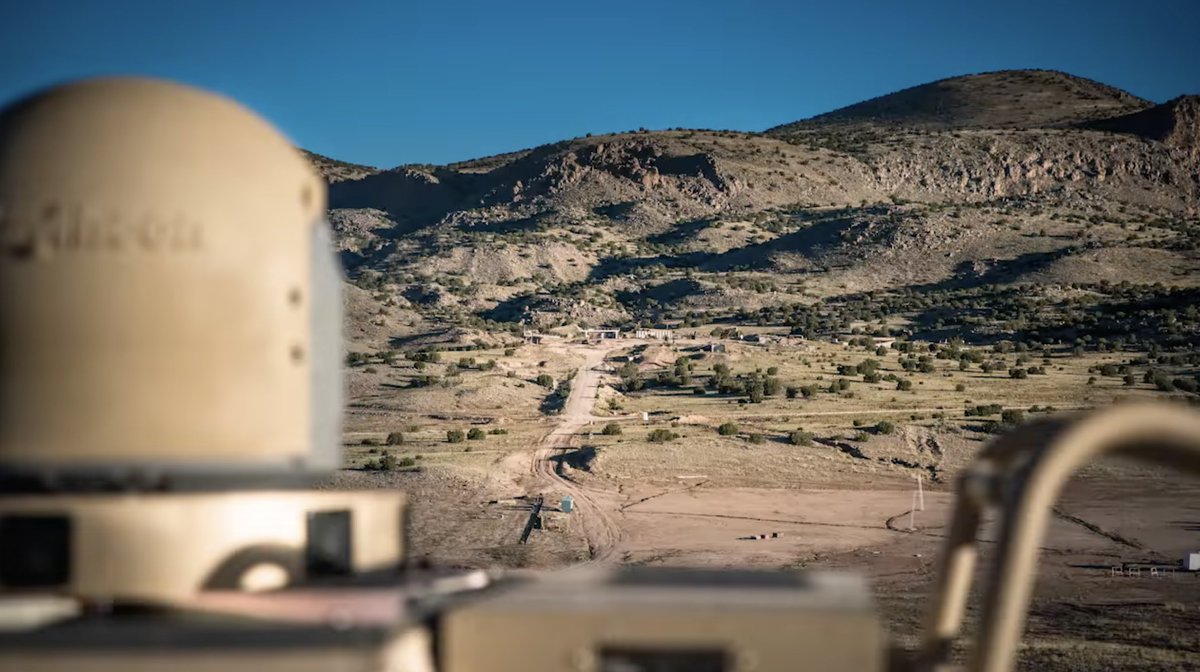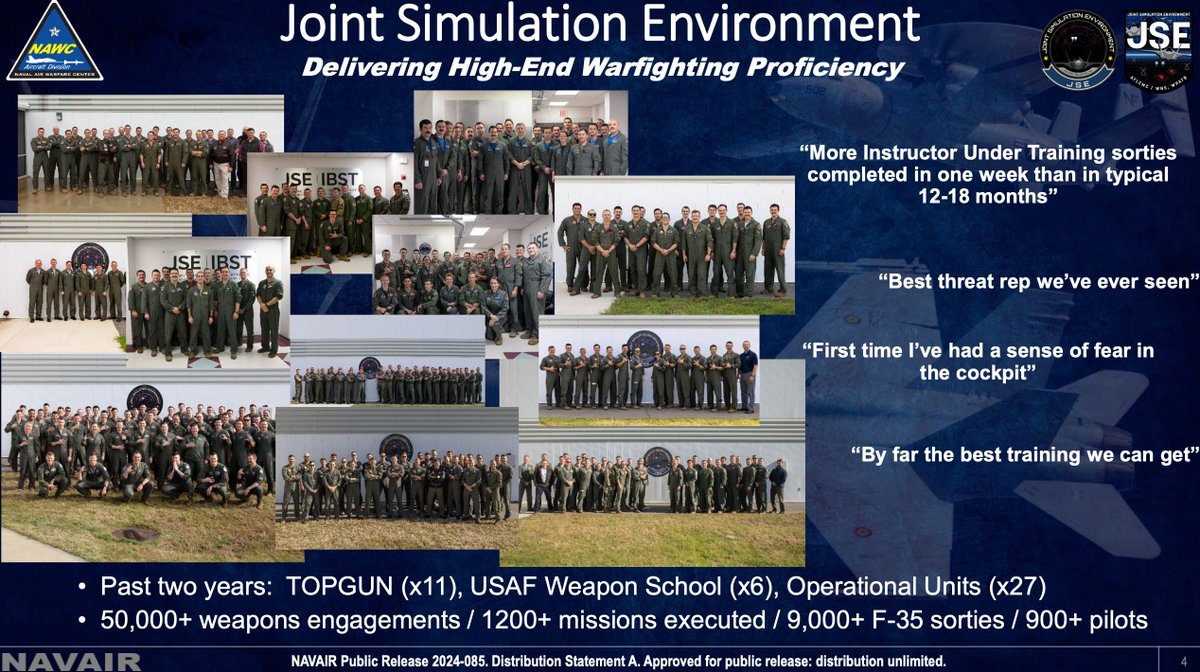Repeat after me folks: "Counter S͟m͟a͟l͟l͟ UAS is a dedicated mission"
https://twitter.com/UAWeapons/status/1666537739431321604
Air Defense Systems have already begun to think through, and integrate small, short range and highly mobile Directed Energy effectors for protecting the high value elements. See👇, where Raytheon's #HELWS is protecting a Sentinel radar via direct integration with NASAMS C2. 

Even the small, relatively low-cost 10/15 kW class HELWS have a 3-4 km stand-off range against the relevant Group 1 and 2 UAS threat set. In addition to decoying, and deception they will be a great value add in adding survivability back into mobile air-defense systems. 

"During the live-fire exercise, the HELWS received cues from the NASAMS FDC and used automated target cueing and a full spectrum of electro-optical/infrared sensors to track, identify and quickly take down drones at tactically relevant distances. HELWS took down 9 G-1 & 2 drones" 

This also holds true for fixed and semi-fixed site defense where you don't have the ability to be constantly moving. We've already seen the 10kW HELWS forward deployed by the USAF to provide Group 1/2 defense and counter ISR capability at forward operating bases. 

We often fixate on high power (50-300kW) HELWS that generally tend to support SHORAD, CRAM & CMD needs. As important as they are, the value of smaller, highly mobile/deployable cheaper & more numerous, 10-20kW class systems aimed at Counter G1/2 & LM mission cannot be overstated 



HELWS utilizes modular Lithium ion based battery pack that can be scaled given platform volume and payload availability. Throwing a 15kW HELWS module on something like a JLTV would be quite a handy and easy to mass produce package for force protection and other similar roles. 





• • •
Missing some Tweet in this thread? You can try to
force a refresh














